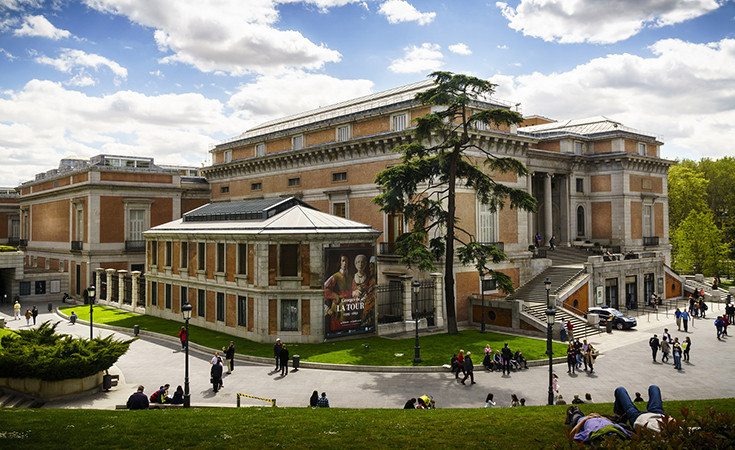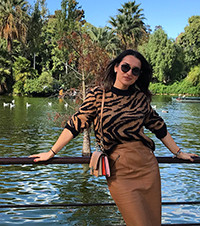
The Prado Museum is housed in a monumental, old but well-preserved building. It is equally rich on the outside and inside. It was founded in 1818, first opened in 1819 and never closed again. The founder of the museum is Fernando VII. The entire museum is filled with one of the world's largest collections of art paintings and various other valuable objects, such as: coins, orders, medals, drawings, photographs, sculptures, books and maps. This is one of the largest Spanish museums. The museum houses a masterpiece by the greatest Spanish Baroque painter, Diego Velázquez. About 1700 of the best and most famous masterpieces are in this museum.
The reason why the "Prado" museum is so rich in works of art and decorative objects is that the royal families donated their collections, works of art and objects to the museum, more precisely to the city of Madrid, centuries ago. One of the largest museum collections in the world was created from the royal hobby. It is clear that the Spanish kings had a very refined taste through the museum collection.
The original name of the museum was "Royal Museum of Painting Prado", today only "Prado", but somehow it remained royal. The museum houses masterpieces that were once found in Spanish monasteries, such as the works of El Greco, Francisco Goya, Rubens, Titian.
 Ticket price for Prado Museum
Ticket price for Prado Museum Working hours of the Prado Museum
Working hours of the Prado Museum